Direct aviation support: looking for ways to improve. Part of 2
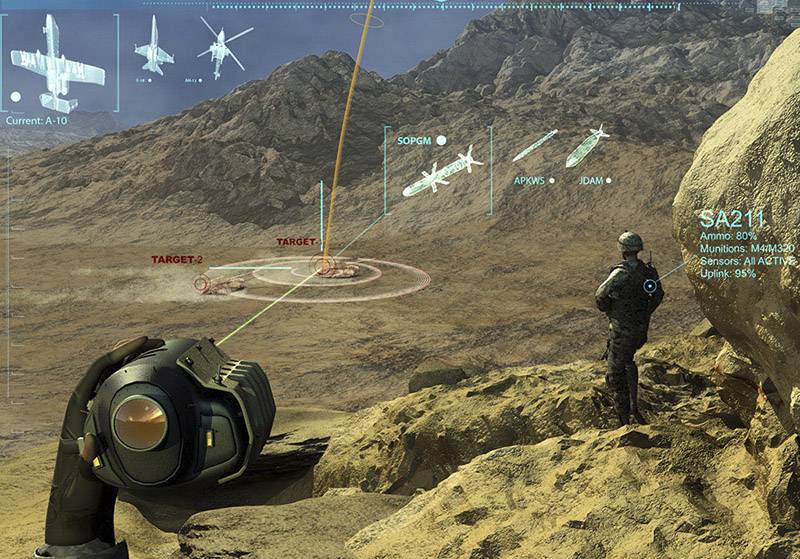
An artistic representation of the DARPA PCAS program. Only the marines today are interested in this new technology.
NAP for marines
In parallel with the development of the next generation NAP equipment for the Air Force, the Marine Corps is acquiring technology for the existing funds in order to enhance the NAP capabilities. The corps purchased a HAWK (Hercules Airborne Weapons Kit) fire support system for its KC-130J Hercules Harvest military aircraft to meet the urgent operational needs of the NAP in Afghanistan. The first set was deployed in this country in October 2010 of the year.
A spokesman for the Marine Corps (ILC) said that they plan to increase the fleet of Hercules planes with weapons, which, thanks to the Harvest HAWK kit, are capable of conducting species reconnaissance and conducting NAP in areas with a low probability of enemy actions. Ten KC-130J aircraft The corps of the planned 79 have already been upgraded by installing this system, which includes a withdrawable fire control panel with two displays in the cargo hold, Lockheed Martin AN / AAQ-30 aiming system installed under the left external fuel tank, and a channel data transmission.
Components of the Harvest HAWK fire support system (top to bottom): Launcher “Derringer Door”, laser-guided air-to-surface missiles AGM-114P Hellfire II, Lockheed Martin AN / AAQ-30 sighting system
The Harvest HAWK kit includes the following weapons: four AGM-114P Hellfire II laser-guided air-to-surface missiles installed under the left external fuel tank, GBU-44 / E Viper Strike missiles from MBDA and Griffin from Raytheon , launched from an 10-tube container mounted on a ramp, plus a sealed trigger device called the “Derringer Door”. Installation in the left doorway of the 30-mm Mk 44 cannon was postponed for a later upgrade to Block III.
The ILC modernization plans for 2016 provide for the conversion to the Harvest HAWK configuration of all of its KC-130J aircraft and the installation of such a weapon kit on the Bell-Boeing MV-22B Osprey convertiplanes. “We are striving to enhance the capabilities of our C-130J and MV-22B in order to get multi-tasking platforms,” said Corps spokeswoman Sarah Burns. - As the marines are developing, then aviation will provide her with more flexible support and will continue to develop technical means and technologies to support future combat capabilities of companies, battalions, regiments, and all expeditionary forces as a whole. ”
KMP has not yet made a decision on an additional armament set for its Osprey convertiplane, but it is already considering an advanced gyro-stabilized optical species reconnaissance station for it as part of a new set. According to Burns, three companies conduct a demonstration of their systems for the Corps, but at the same time refused to name them and provide any details about this demonstration.
In addition, the housing, according to Burns, plans to install electronic warfare equipment on both platforms. The AN / ALQ-231 Intrepid Tiger container is already installed on AV-8B Harrier II airplanes from McDonnell Douglas and F / A-18 Hornett from Boeing, it will also be installed on KC-130J transportables, V-22 hoofplanes and assault helicopters -10H-10N and X-9NXXJ and tee helicopters -10-nNXXJ and tee helicopters -10H-1J. / Uh-xnumxy. “A container with equipment allows jamming and electronic warfare, which can be used for self-defense, and an open architecture allows operators on the ground to work with it.”
Meanwhile, only the ILC is currently implementing the Persistent Close Air Support (PCAS) direct aviation support program developed by the Advanced Defense Research Administration DARPA and headed by Raytheon. The PCAS air support system is a modular platform-independent set of technologies that can be installed on any aircraft, as well as a custom tablet designed to more quickly provide the NAP for troops on the battlefield, allowing ground units, advanced gunners and crews to exchange real-time data.
PCAS includes in particular two main components: PCAS-Air and PCAS-Ground. The first consists of weapons control systems, surveillance, reconnaissance and information gathering, communication systems that are integrated into the modular Smart Launcher Electronics (SLE) device installed on any aircraft. The second component is a set of software for information about the situation and mapping, working on a conventional commercial tablet with Android OS.
The Center for Maritime Aviation Combat Applications and the Air Force Research Laboratory developed their software applications for the PCAS-Ground component.
The Office of DARPA recognized that today the system has already flown on two aircraft. The MV-22 Osprey tiltrotor, which was involved in the Talon Reach joint exercises of the marines and aviation, held in March 2016 in the southwestern United States, and the second Thunderbolt II aircraft in May of the same year, was the first. Raytheon also acknowledged demonstrating this system using UAVs.
Prior to the demonstration of the entire system at the beginning of 2015, the marines in Afghanistan and Iraq, together with special aviation and ground forces combat engagement teams and expeditionary units, deployed the ground-based component PCAS-G. It is a digital aircraft navigation tablet for the Marine Corps, which received the designation KILSWITCH (Kinetic Integrated Low-cost Software Integrated Tactical Combat Handheld). In 2013, DARPA delivered more than 750 KILSWITCH systems for testing in Afghanistan, where they performed well.
General John Davis, deputy commander of the International Maritime Commission for Aviation, said they want to integrate this digital suite into all aircraft. “I am delighted with the successful demonstration of the PCAS system that we conducted during the Talon Reach exercise. My team successfully integrated all our aircraft into the network. ”
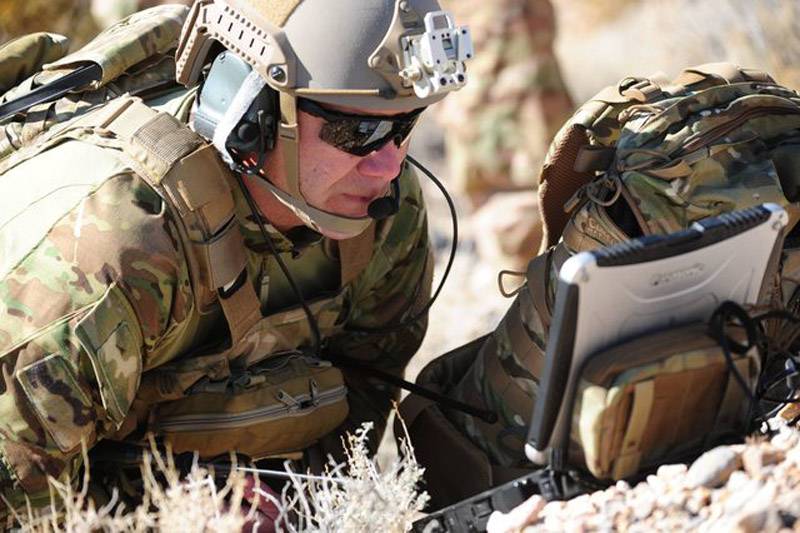
The instructor of advanced gunners uses the NAP tablet during the training course at the Nevada training ground. The US Air Force created a NAP integration group this year at the Nellis airbase
F-35 is currently able to perform a wide range of tasks, but is optimized to suppress enemy air defenses.
Avenger vs. Equaliser: Cannon Duel
Relying on smart ammunition, sighting containers and many other means of conducting high-precision military operations, the US Air Force is entering a new era in the NAP. However, the traditional part of the attack aircraft A-10 - gun - is still the main component of its arsenal.
The gun conceptually spreads A-10 and F-35 aircraft in different corners of the ring. If the A-10 was specially built around the seven-barreled 30-mm GAU-8 / A Avenger gun with the Gatling hydraulic circuit from General Electric, the F-22 GAU-35 / A gun is a four-barred 25-mm GAU- gun. 12 Equaliser. In this case, its ammunition is 182 projectile, which is significantly less than 500 ammunition shells of a typical F-16 Fighting Falcon fighter manufactured by Lockheed Martin.
The commander of the 447 Expeditionary Group, Colonel of the Air Force, Sean McCarthy, in his press statement, spoke positively about the accuracy of the GAU-30 / A gun Avenger A-8 X-gun. "GAU-10 / A - the only weapon the A-10, which is not guided by GPS or laser designator. But you don’t need it because it’s damn accurate. Pilots seek to use a cannon if there is concern about indirect damage in densely populated areas. ”
In May of this year, Colonel McCarthy commanded an air team of 550 people stationed at the Turkish airbase Injirlik in support of the Syrian Democratic Army, noted that A-10 is even more accurate than a smart bomb. Therefore, when there is some reason to assume that civilians may be in the zone, then A-10 is the best tool for this. In a situation where “there is no way of knowing whether there are civilians or not, we do not risk using a bomb. This is the case when we will pursue the enemy with a cannon ... This is a weapon of low indirect losses, it has high accuracy and it fires high-explosive fragmentation shells, so no one will leave it when hit. ”
Gun GAU-8 / A attack aircraft A-10. Note the nose landing gear shifted to the right from the axis of symmetry of the aircraft.
Gun GAU-8 near the Volkswagen Beetle
From a technical point of view, the GAU-8 / A cannon is a weapon of the Cold War era, and it is very important for the performance of the NAP that the A-10 attack aircraft was actually designed around it. In 1968, General Electric (now the General Dynamics Ordnance and Tactical Systems) proactively began work on a cannon specifically designed for destruction tanks and other armored targets, even before the NAP aircraft was conceived. As in the previous Vulcan gun family, the new gun used the Gatling principle, with the caliber increased to 30 mm and the number of barrels to seven. From the very beginning, due to its physical size and power, it was clear that any future NAP aircraft should be designed virtually around such weapons. In 1971, a contract was issued to develop a 30-mm gun as the main weapon system of the new aircraft. In 1972, Fairchild won the competition and in 1973 received a contract for the manufacture of prototypes of the A-10 attack aircraft with the installed GAU-8 / A Avenger gun.
Fairchild and General Electric worked together to install a large armament system in an aircraft that had an 6,4 meter length from the muzzle to the rear of the gun drum. Due to the power and forces of the recoil of the gun, it was desirable to combine the axis of the firing barrel (position at six o'clock with respect to the entire barrel block) with the axis of symmetry of the aircraft. As a result, it became necessary to shift the nose landing gear to the right of the axis of symmetry of the A-10 aircraft on the 0,4 meter. As a result, a block of gun barrels was placed in a special fairing under the nose. The gun with a powerless power supply system and a cylindrical projectile feed drum passes along the axis of the aircraft under the cabin and ends almost touching the front wall of the front fuel tank in the middle part of the fuselage.
For the GAU-8 / A gun, a new line of ammunition was developed: high-explosive fragmentation, incendiary, incendiary and practical. They had the same ballistics and differed aluminum sleeves for weight reduction, whereas in order to extend the life of the barrel, the usual copper lead bands were replaced with plastic ones. The shells are currently manufactured in the USA by General Dynamics Ordnance and Tactical Systems (GDOTS) and AlliantTech Systems (now Orbital ATK). The system has 1174 rounds of ammunition, the total mass of which is 816 kg. The use of aluminum sleeves instead of brass or steel sleeves led to a reduction in the weight of a fully equipped system on the 237 kg.
Several types of 30-mm ammunition are available for the Avenger cannon, including PGU-13 / B (high-explosive incendiary), PGU-14A / B (armor-piercing incendiary) and PGU-15 / B (practical). The high-explosive fragmentation projectile uses the standard M505 fuse and an explosive mixture with a prefragmented hull, which is effective when firing light vehicles and material objects. The armor-piercing incendiary projectile has a light body, inside of which there is a sabot core of depleted uranium. In addition to the fact that depleted uranium has excellent armor-piercing properties, it is a natural, self-igniting material that has an incendiary effect. An armor-piercing projectile with a core of dining uranium is never used in peacetime, but in wartime it is used as a standard against armored vehicles. A practical projectile simulates the external ballistics of a high-explosive fragmentation projectile; it is used in the training of pilots and artillery preparation.
GAU-22 / A gun for the new F-35A. The Equalizer gun will be installed on all three versions of this fighter.
Gun GAU-22 / A Equaliser
Since the F-35 is a multitasking aircraft, it was not built around a cannon, as is the case with the A-10 attack aircraft. The GAU-22 / A Equaliser cannon is a four-barreled version of the 25-mm GAU-12 / U Equaliser Aviation Cannon with a rotating barrel unit mounted on the AV-8B Harrier II Marine Corps and AC-130U “Spooky” gunship of the US Air Force Special Operations Command . General Dynamics Ordnance and Tactical Systems developed an interior cannon system for the traditional F-35A version, designed for the US Air Force, and a Missionary Gun System detachable cannon block for the F-35B version with shorter take-off and landing and the F-35C deck option, designed for ILC and US Navy respectively.
The installation includes a spiral powerless power supply mechanism with 220 25-mm projectiles. Both versions of the GAU-22 / A cannon underwent a critical design review in July 2005, and the first copy was made in January 2006. The first firing tests passed in February of the same year. In 2008, a contract was issued worth 9 million dollars for the initial production of a GAU-22 / A cannon for the F-35 fighter.
The existing GAU-12 / U aircraft cannon fires with the Bushmaster ammunition family. In the AV-8B Harrier II aircraft, the GAU-12 / U cannon is driven by a pneumatic engine, which rotates at 9000 rpm by taking air from the engine; it is connected to the gun through a reduction gear to get a normal rate of fire. In the AC-130U aircraft, the GAU-12 / U cannon is installed in the Meggitt Western Design ASHS ammunition storage and handling system. It is the largest ammunition-free feed system produced since it has an 3000 shells capacity (1497 kg mass). The ASHS system maintains the rate of 1800 shots per minute and can be reloaded at the speed of 400 projectiles per minute. The total mass of the system served by the two operators is 628 kg.
For the GAU-22 / A gun, a 25-mm thin-walled PGU-48 / B FAP tungsten core armor-piercing projectile manufactured by the Swiss company Rheinmetall Waffe Munitions Schweiz was chosen. PGU-48 / B dual-use projectile FAP is capable of penetrating light armor when firing ground targets, as well as generate a large number of fragments in aerial combat. The projectile meets the most stringent safety requirements.
Previous article in the series:
Direct aviation support: looking for ways to improve. Part1
Materials used:
www.lockheedmartin.com
www.darpa.mil
www.gd-ots.com
www.baesystems.com
www.shephardmedia.com
www.wikipedia.org
en.wikipedia.org
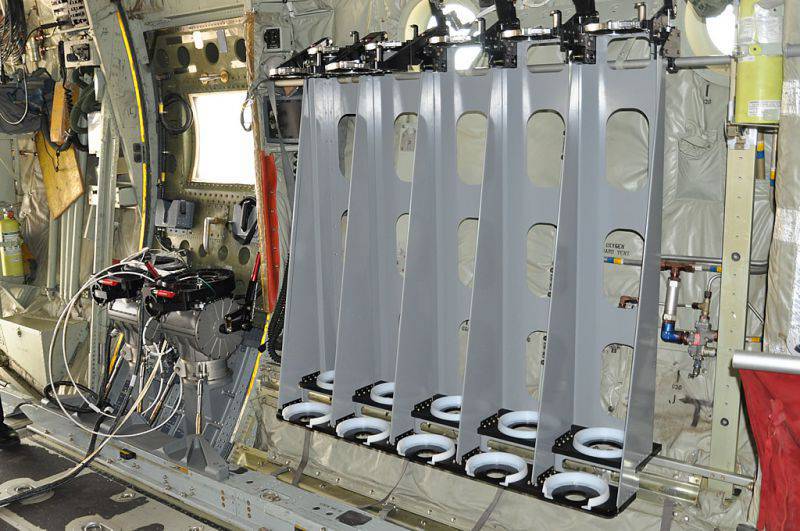
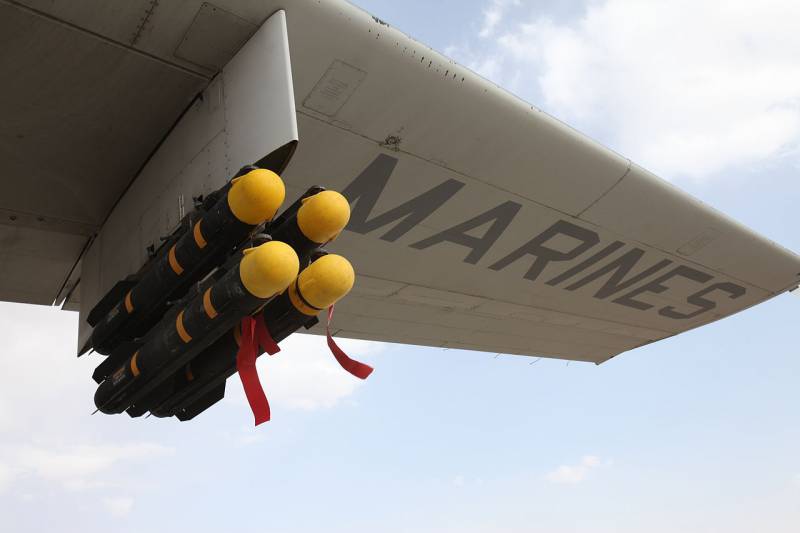
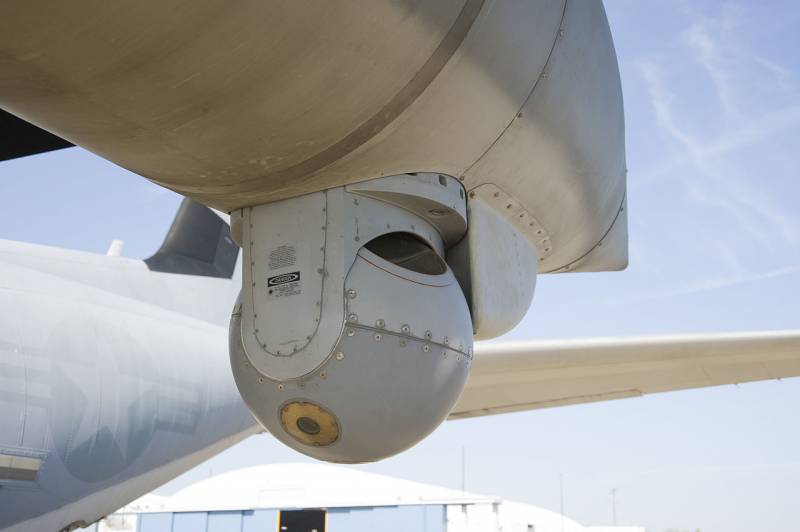
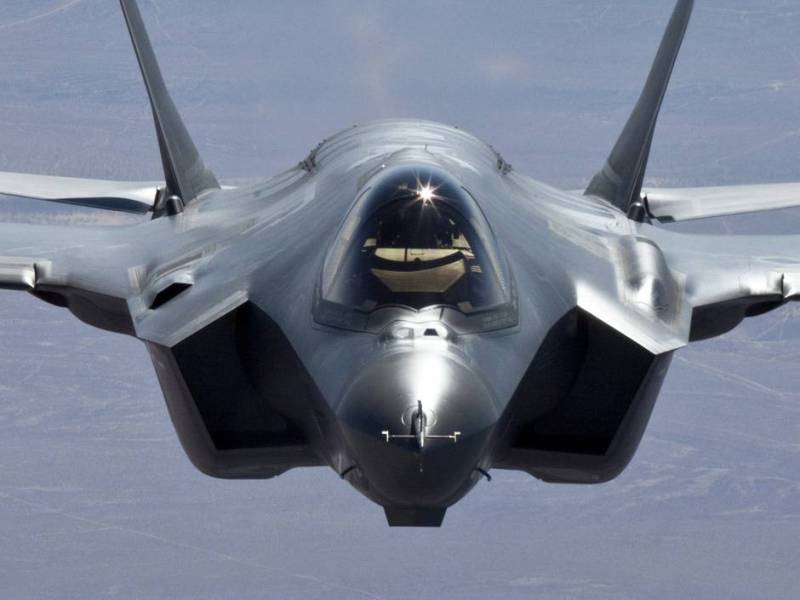
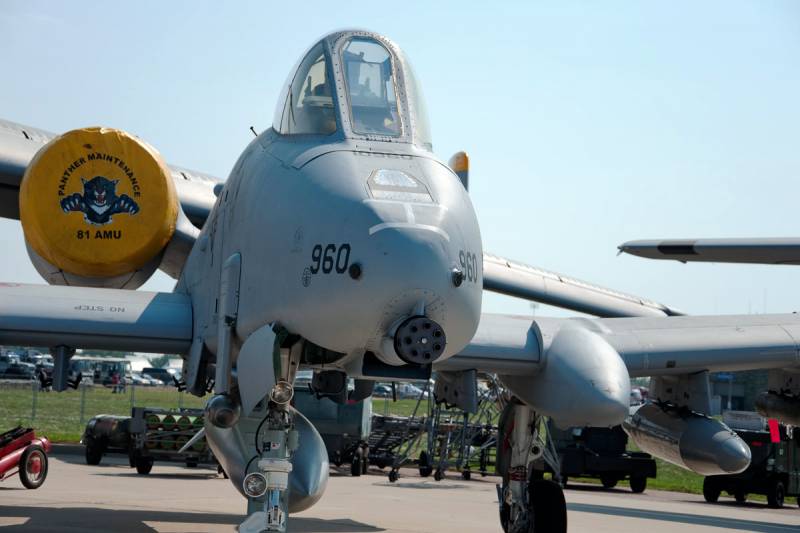
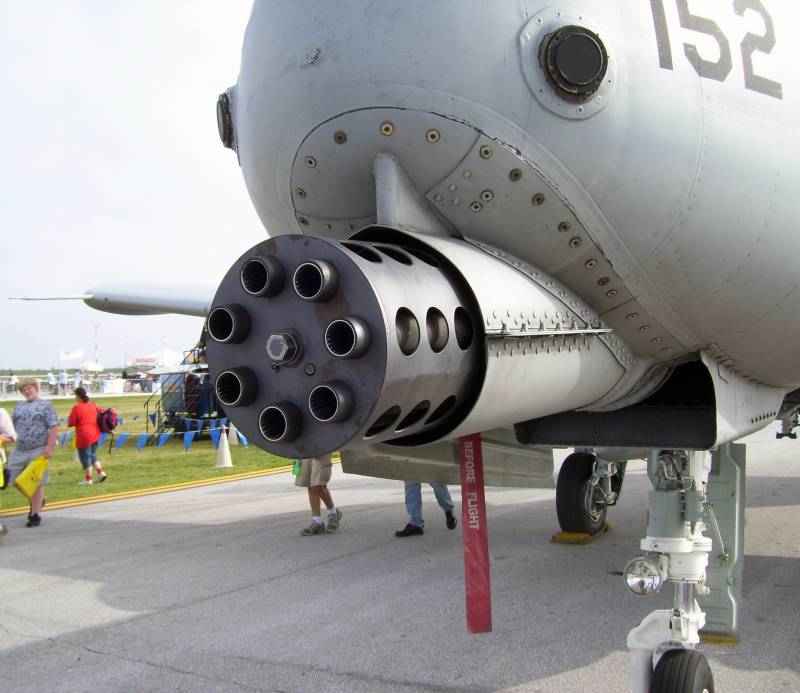
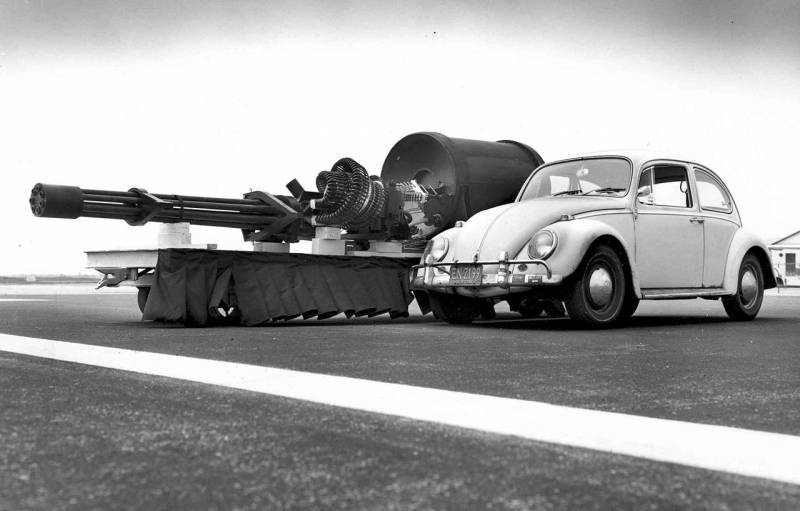
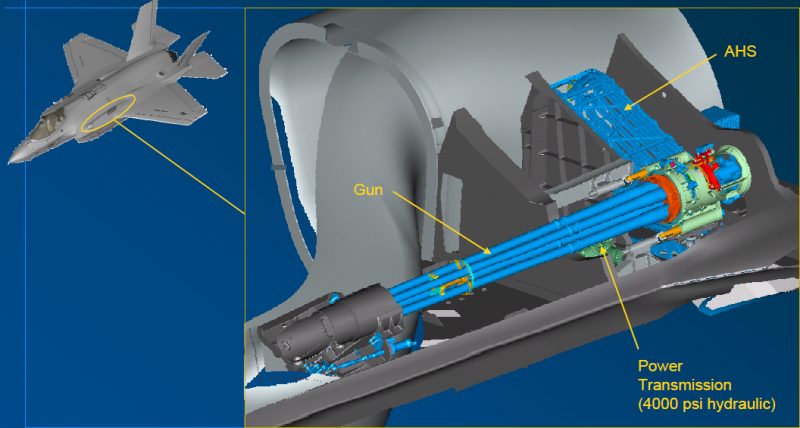
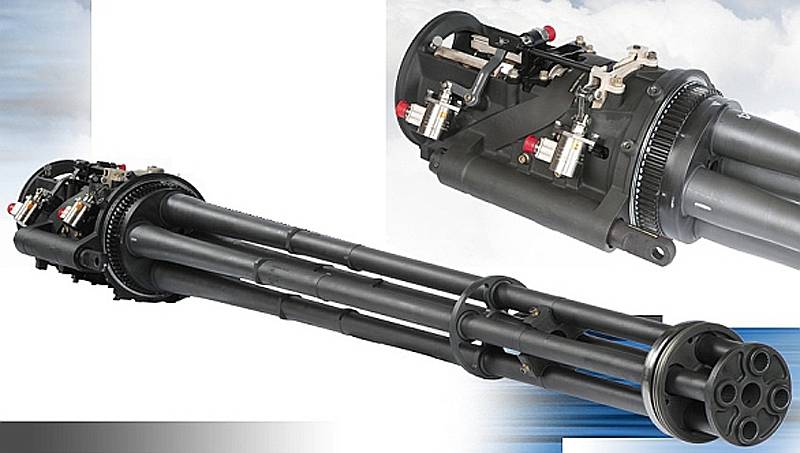
Information